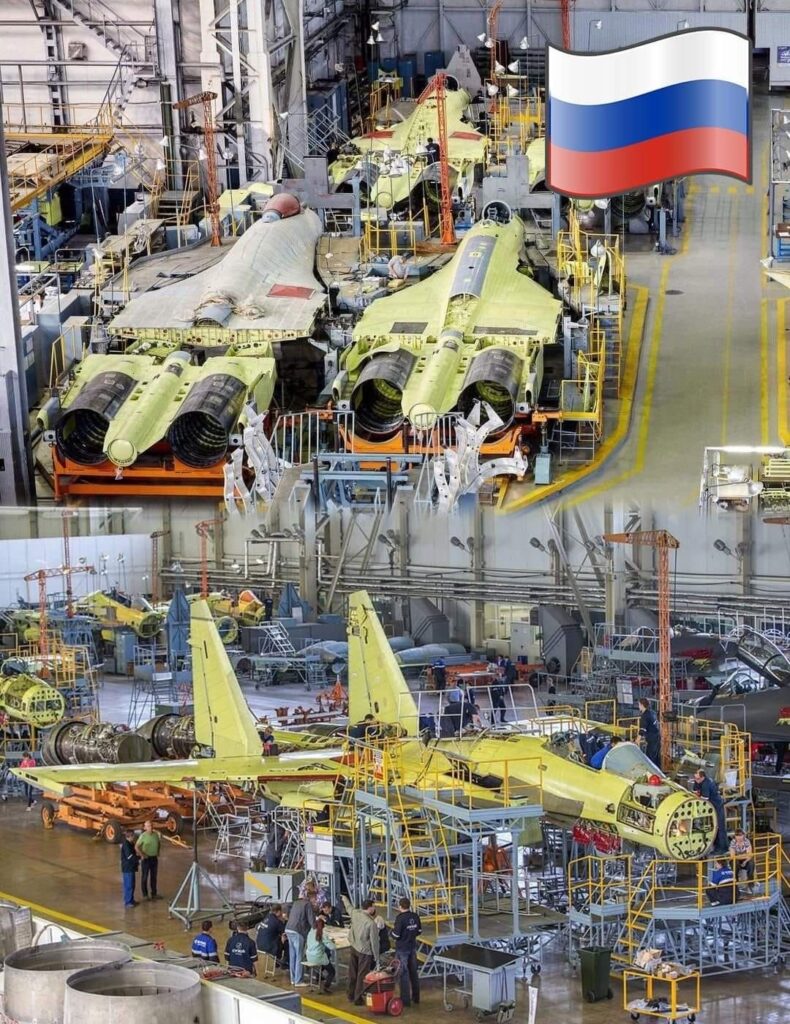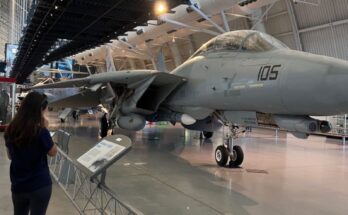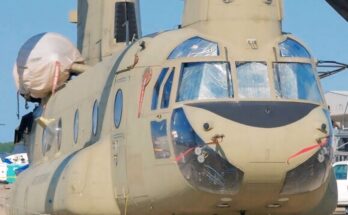
“Flanker.” It is often considered one of the most capable 4.5-generation fighters in service today, bridging the gap between older fourth-generation designs and newer fifth-generation aircraft like the Su-57.
Development and Design
The Su-35 was conceived in the late 1980s and underwent several iterations, with the modern production version, the Su-35S, entering service with the Russian Air Force in the 2010s. It features extensive upgrades over the original Su-27, including new avionics, improved radar systems, enhanced engines, and reduced radar cross-section features.
Performance
- Engines: Twin Saturn AL-41F1S turbofan engines with thrust-vectoring nozzles, giving the Su-35 exceptional maneuverability and supercruise capability.
- Speed: Mach 2.25 at altitude.
- Range: About 3,600 km without refueling, extendable with aerial refueling.
- Service ceiling: 18,000 meters (59,000 ft).
Avionics and Systems
- Equipped with the Irbis-E passive electronically scanned array (PESA) radar, capable of detecting targets at ranges up to 400 km.
- Advanced electronic warfare (EW) systems and infrared search and track (IRST) sensors.
- Modernized glass cockpit with multifunctional displays and digital fly-by-wire controls.
Armament
The Su-35 carries a vast weapons load across 12 hardpoints, including:
- Air-to-air missiles: R-77, R-73, and long-range R-37M.
- Air-to-ground weapons: Guided bombs, Kh-31, Kh-59, and other precision strike missiles.
- Cannon: 30 mm GSh-30-1 internal gun.
Role and Operators
Primarily operated by the Russian Aerospace Forces, the Su-35 has also been exported, with China and Egypt among its buyers. It is used for air superiority, interception, and multirole missions, giving Russia a formidable platform until its fifth-generation Su-57 fleet grows in numbers.
Would you like me to write you a 300-word overview article on the Su-35, like the other aircraft summaries you asked for?


